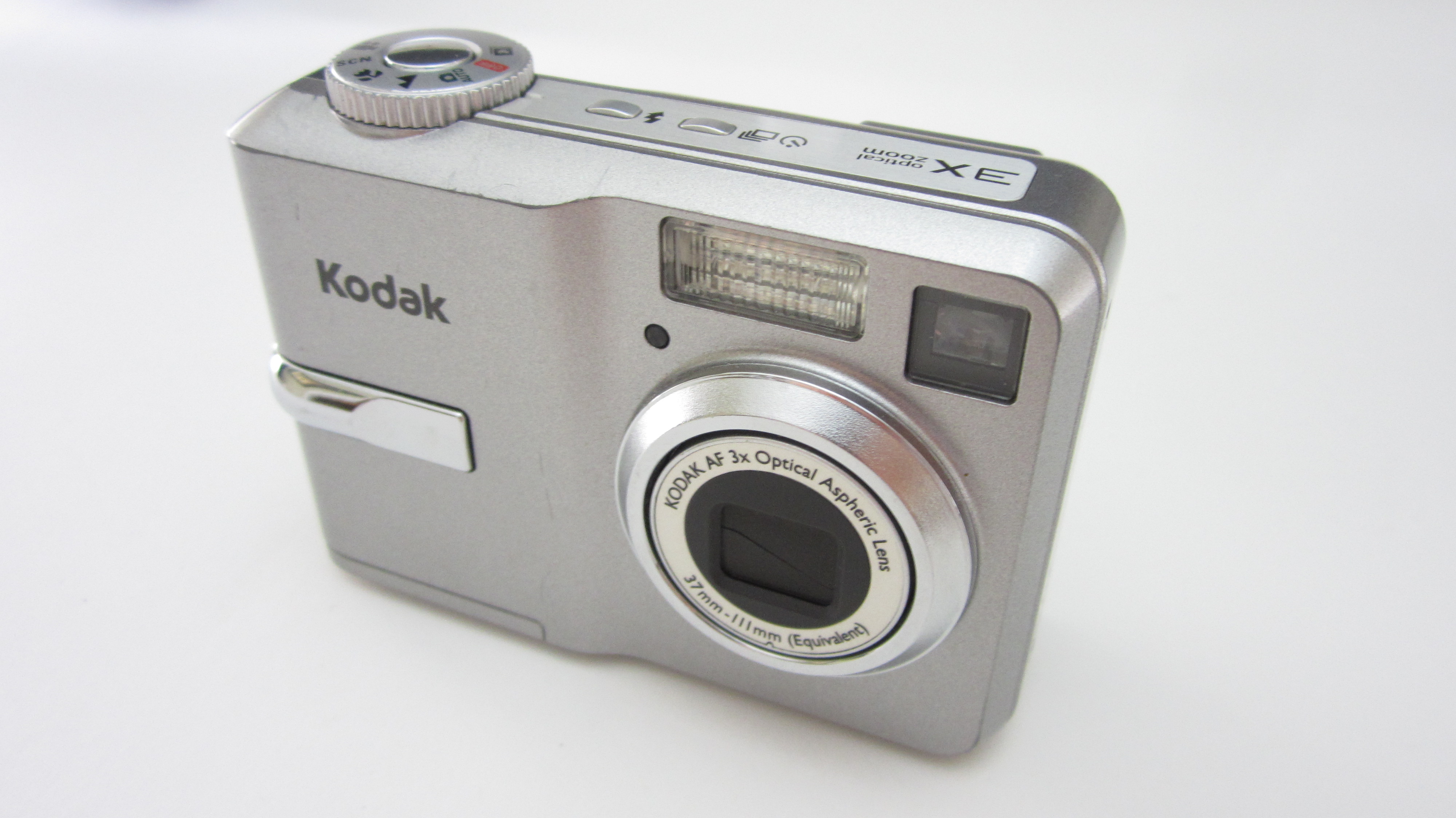If your camera does not have a built-in shutter switch terminal, it may still be possible to control it with an electrical circuit. But it will require you to do some internal surgery on your camera.
First remove all the screws from your camera and remove the outer housing. Keep in mind that there may be screws hidden behind stickers.
First remove all the screws from your camera and remove the outer housing. Keep in mind that there may be screws hidden behind stickers.
Locate the camera’s shutter switch. This will typically have one terminal that connects to ground to activate the focus and one terminal that connects to ground to activate the shutter. Most cameras will auto focus when you activate the shutter. If this is the case, you only need to make a connection to the shutter terminal. Solder one wire to the shutter terminal and one wire to the ground terminal. Touch the two wires together. If all the connections are made properly, this should activate the camera’s shutter.
Now you can activate the shutter with an external circuit. All you need to do is connect the ground wire from the camera to the ground of the circuit. Then have your circuit connect the shutter terminal to the common ground. The easiest way to do this is with a simple momentary switch or a transistor. With some circuits you can activate the shutter by outputting a LOW signal to the camera’s shutter terminal.



























